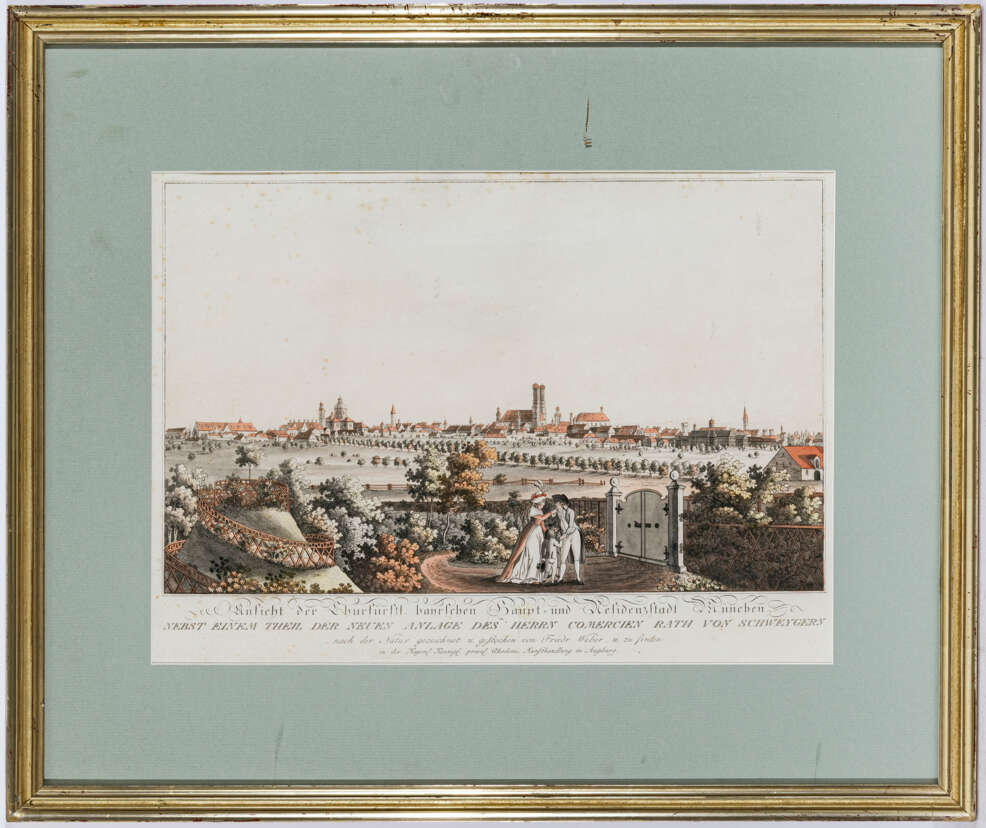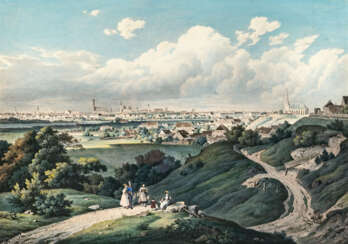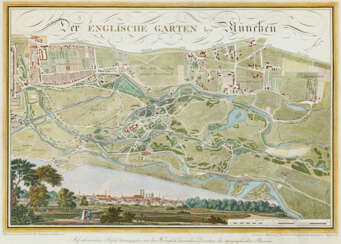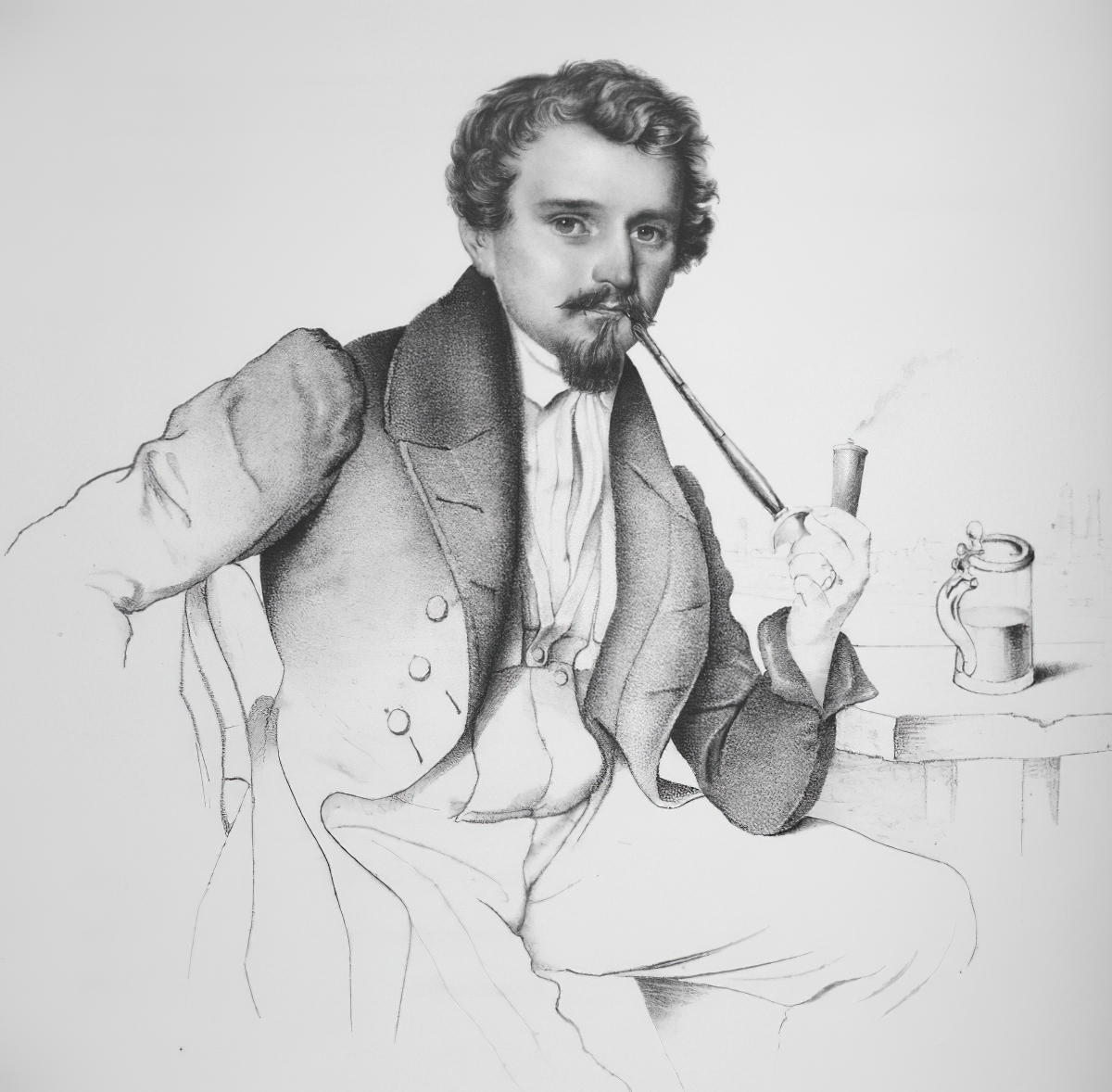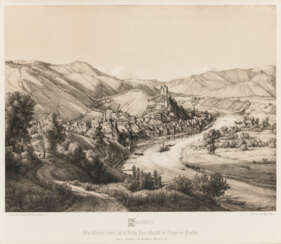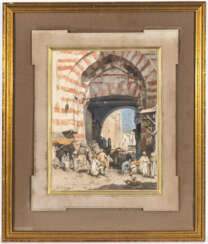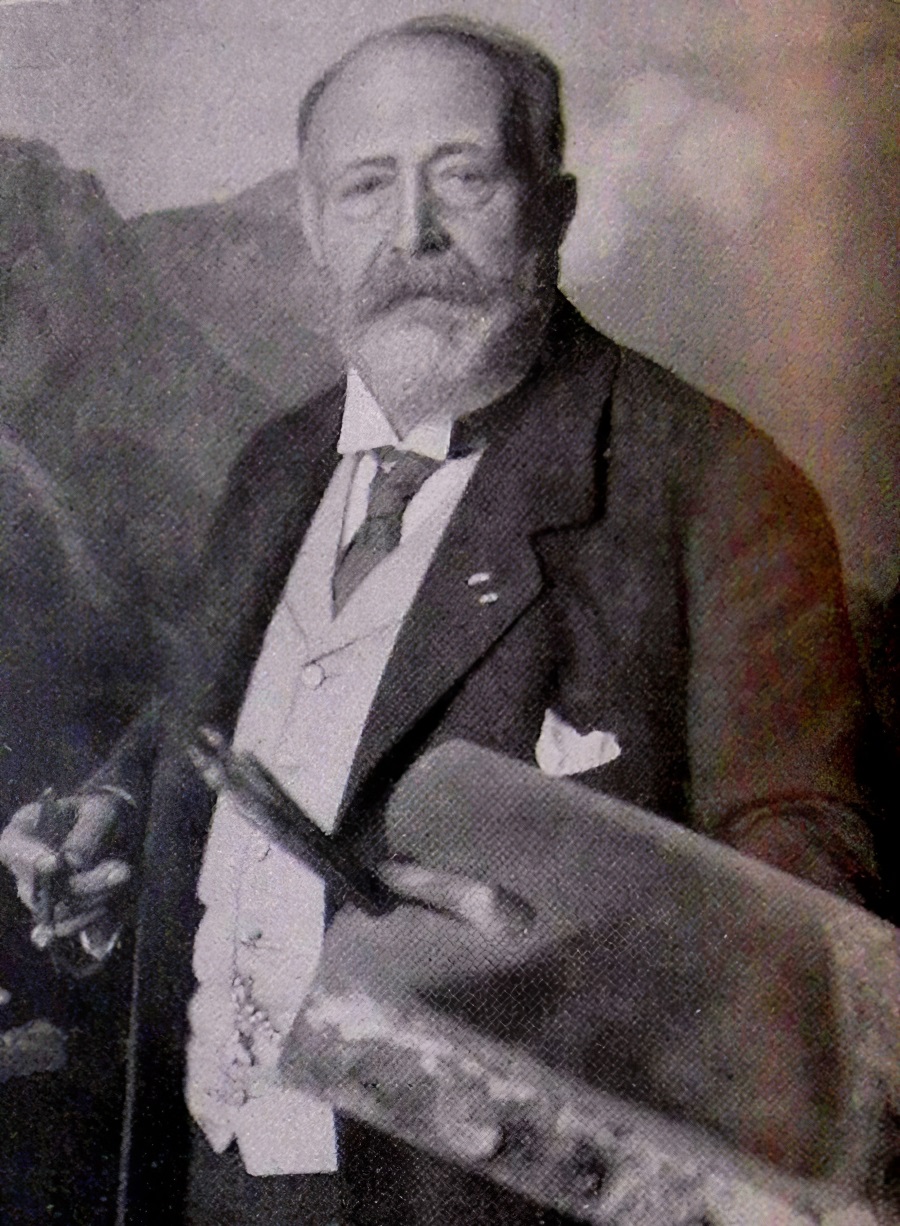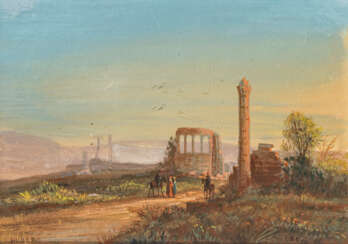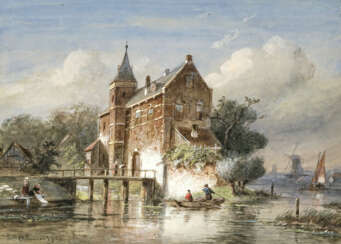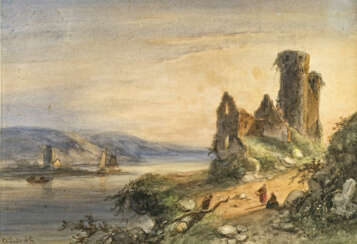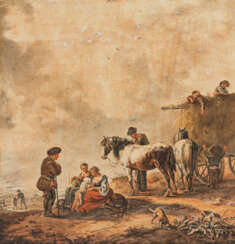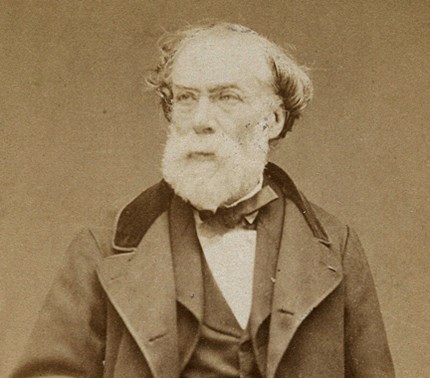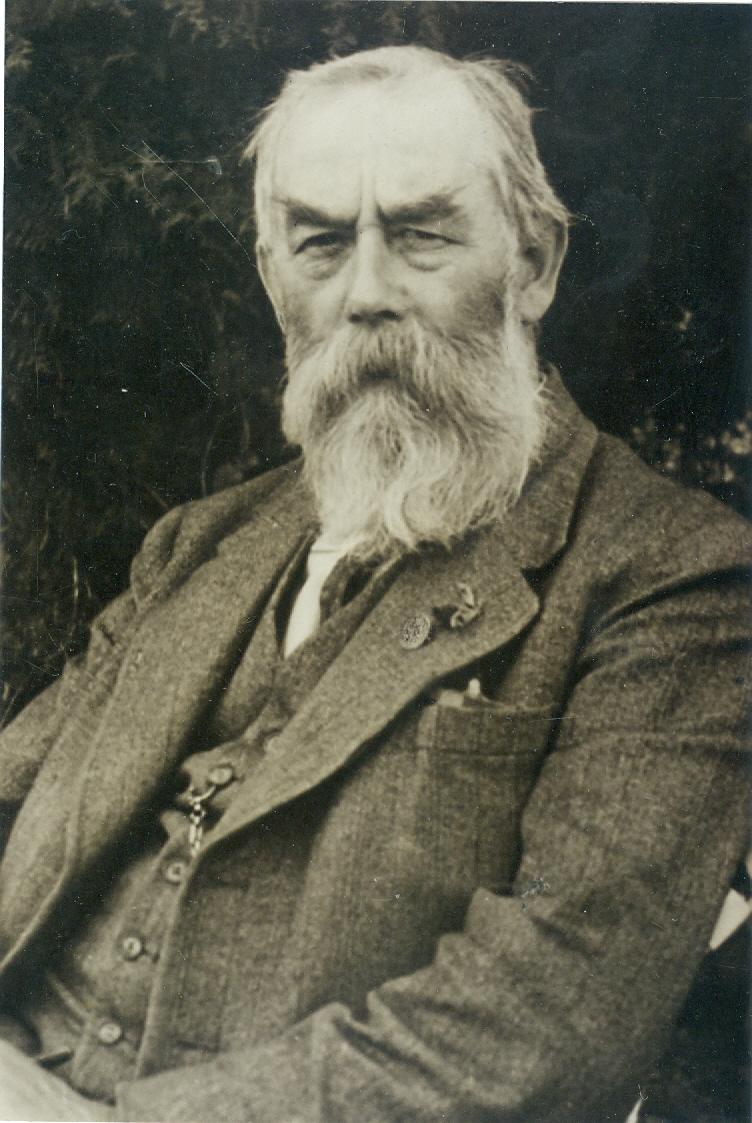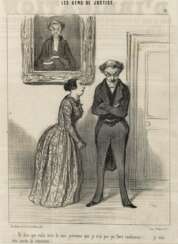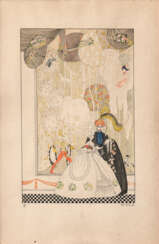
Graphics 19th-20th century — 408_4: Graphik und Gemaelde
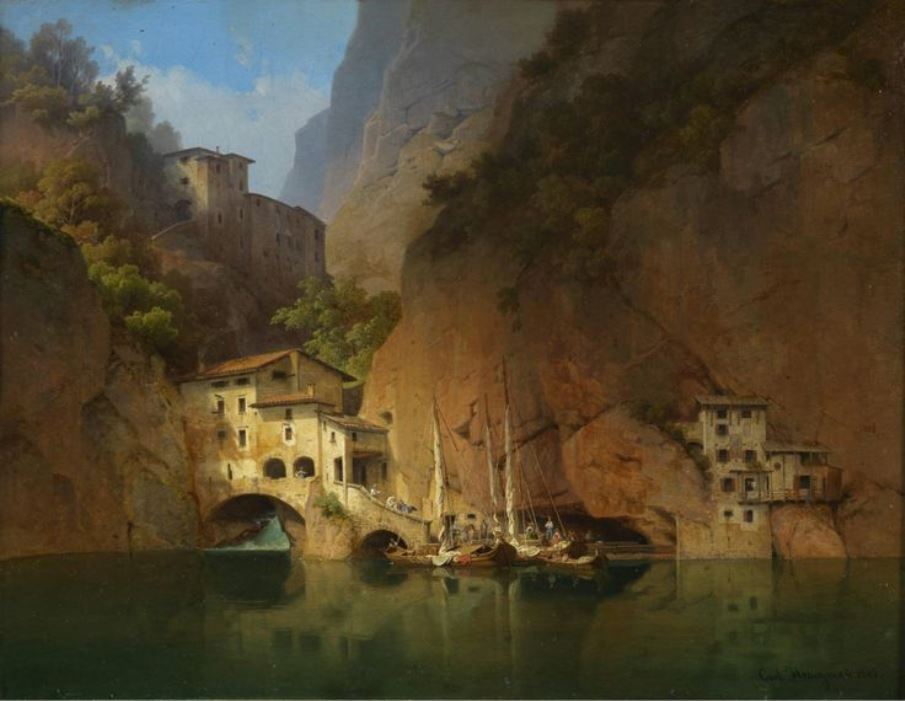
Carl Friedrich Heinzmann was a German landscape painter, porcelain artist, lithographer, and printmaker. He worked for the Nymphenburg Porcelain Manufactory and mostly painted serene and peaceful landscapes. Heinzmann also left lithographs and oil paintings, many of which describe war scenes.
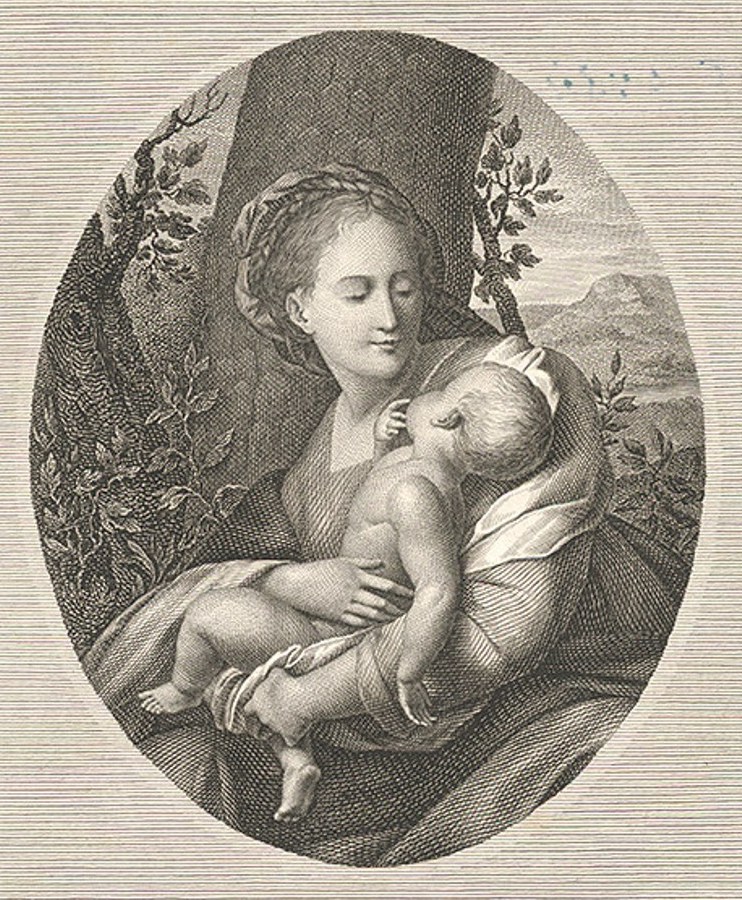
Johann Carl Schleich the Elder was a German engraver. On the basis of paintings he created engraving portraits of famous contemporaries, made topographical works. His son, Johann Carl Schleich the Younger, was also an engraver.
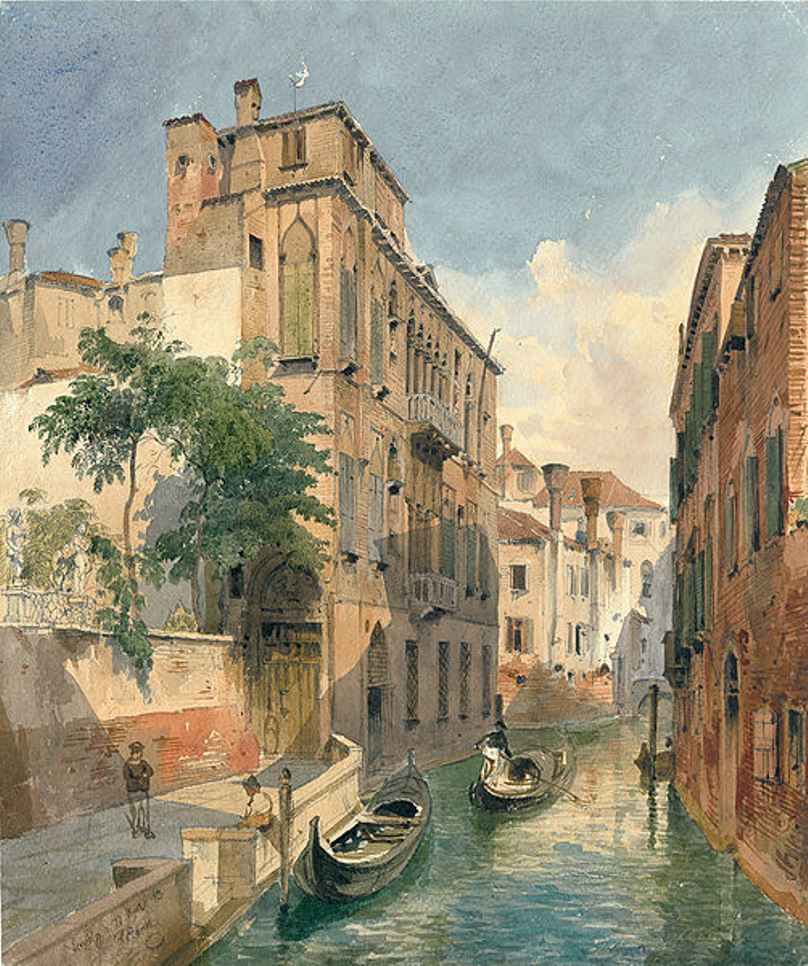
Friedrich Eibner was a German painter of architectural subjects. He traveled through Bavaria, Germany, France, Upper Italy, and Spain, making many watercolor drawings of places he visited. His best work is considered "An Album for Prince Meshchersky."
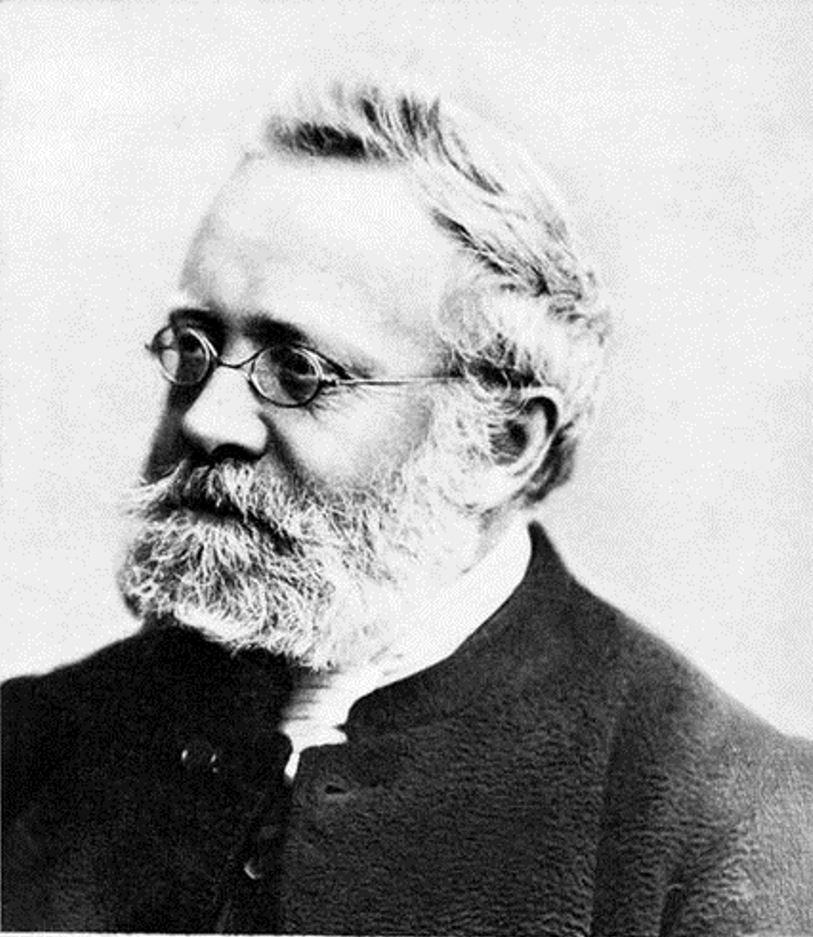
Peter Becker is a German landscape painter, engraver, and lithographer. In his many landscape works he romanticizes the German forest and enlivens it with historical characters. He also painted genre scenes and depicted city streets.
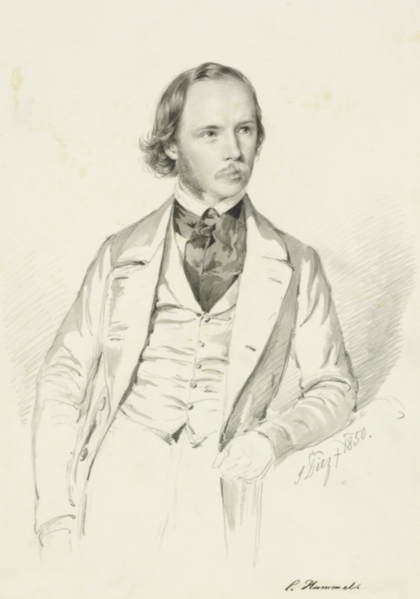
Carl Maria Nicolaus Hummel was a distinguished German landscape painter and etcher, renowned for his delicate representations of the natural world. Born in Weimar in 1821, Hummel embarked on his artistic journey under the guidance of Friedrich Preller at the Fürstliche freie Zeichenschule Weimar starting in 1841. His rich legacy is shaped by extensive travels across Europe, capturing the essence of each locale with a keen eye for detail and mood.
Hummel's artistry is marked by his adept use of light and texture, which brings scenes to life with a vibrancy that transcends time. His works, such as the serene "Valley of the Mills, near Amalfi" and the contemplative "Sky Study (Sunset)", showcase his skill in marrying color and form to reflect both the tranquility and the dramatic interplay of natural landscapes.
For art collectors and connoisseurs, Hummel's paintings are a testament to the romantic spirit of 19th-century art. His paintings are prominently featured in prestigious institutions across Northern Europe, including the Musée de la Vie Romantique in Paris. Each piece serves as a window into the historical and cultural narratives of the time, making them invaluable additions to any collection.
Renowned for his meticulous approach and the emotional depth of his work, Hummel's contributions to the world of art continue to inspire and captivate audiences. His ability to capture the sublime beauty of nature makes his work an enduring treasure in the landscape genre of the 19th century.
Stay informed about the latest exhibitions and auction events featuring Carl Maria Nicolaus Hummel's work. Sign up now for exclusive updates tailored for collectors and art history enthusiasts. Your subscription ensures you never miss an opportunity to add a piece of history to your collection.
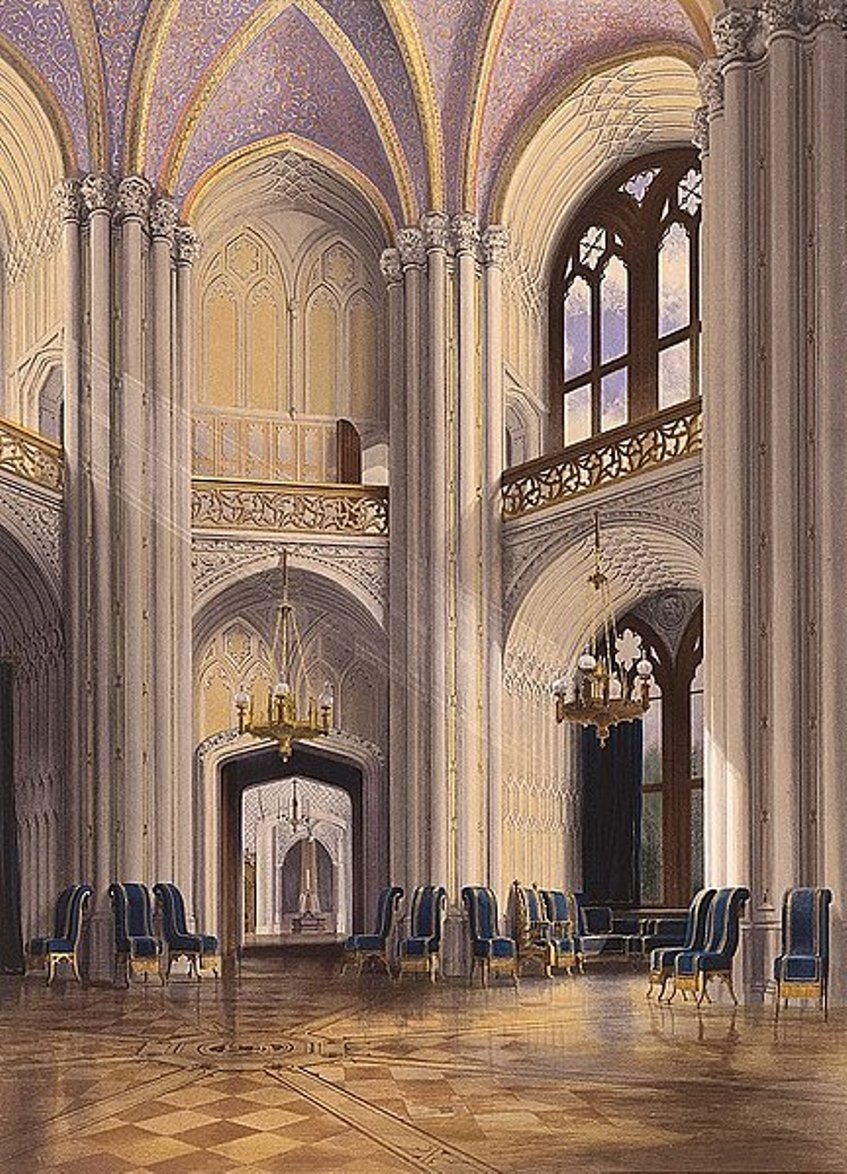
Carl Georg Anton Graeb was a German architectural, decorative, and theatrical painter. He also worked as an engraver and created several landscapes. His son Paul Graeb (1842-1892) was also an architect and landscape painter.
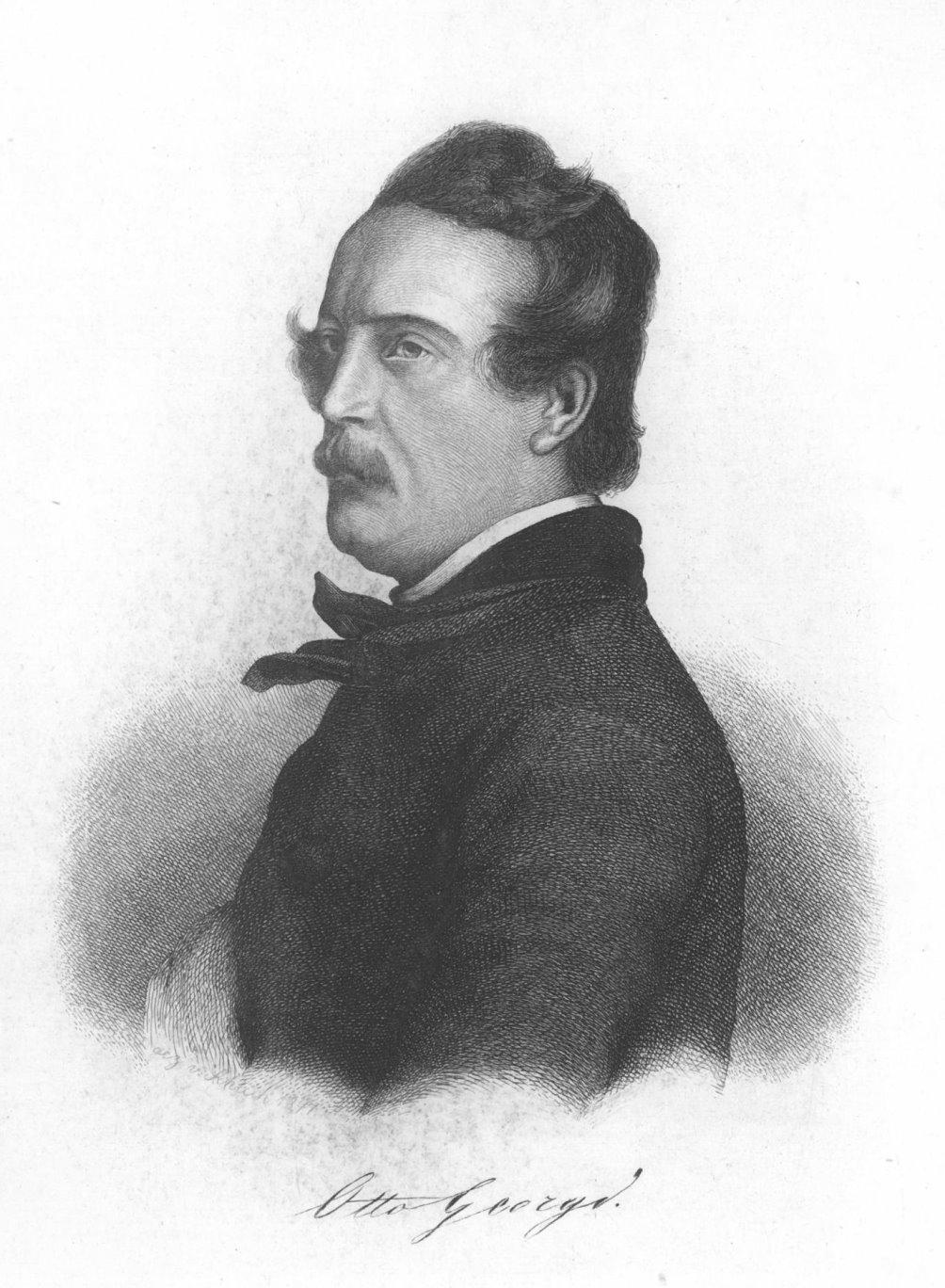
Otto Georgi or Friedrich Otto Georgi was a German Orientalist painter who received his artistic education from his father, Friedrich Traugott Georgi (1783-1838). Inspired by his participation in an Egyptian expedition, Georgi painted mostly landscapes with Oriental motifs, for which he earned the nickname "Georgi of the East.
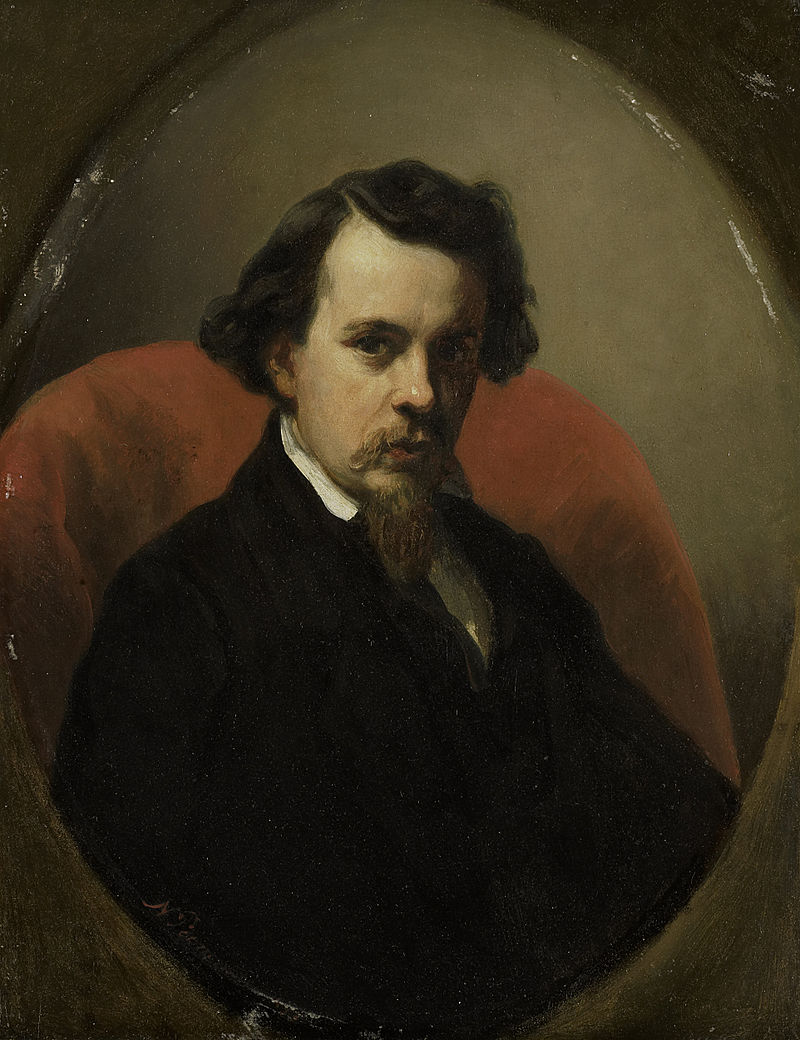
Charles Henri Joseph Leickert was a Belgian painter of Dutch landscapes. As a specialist in winter landscapes, he explored the nuances of the evening sky and the rosy-fingered dawn.

Charles Henri Joseph Leickert was a Belgian painter of Dutch landscapes. As a specialist in winter landscapes, he explored the nuances of the evening sky and the rosy-fingered dawn.
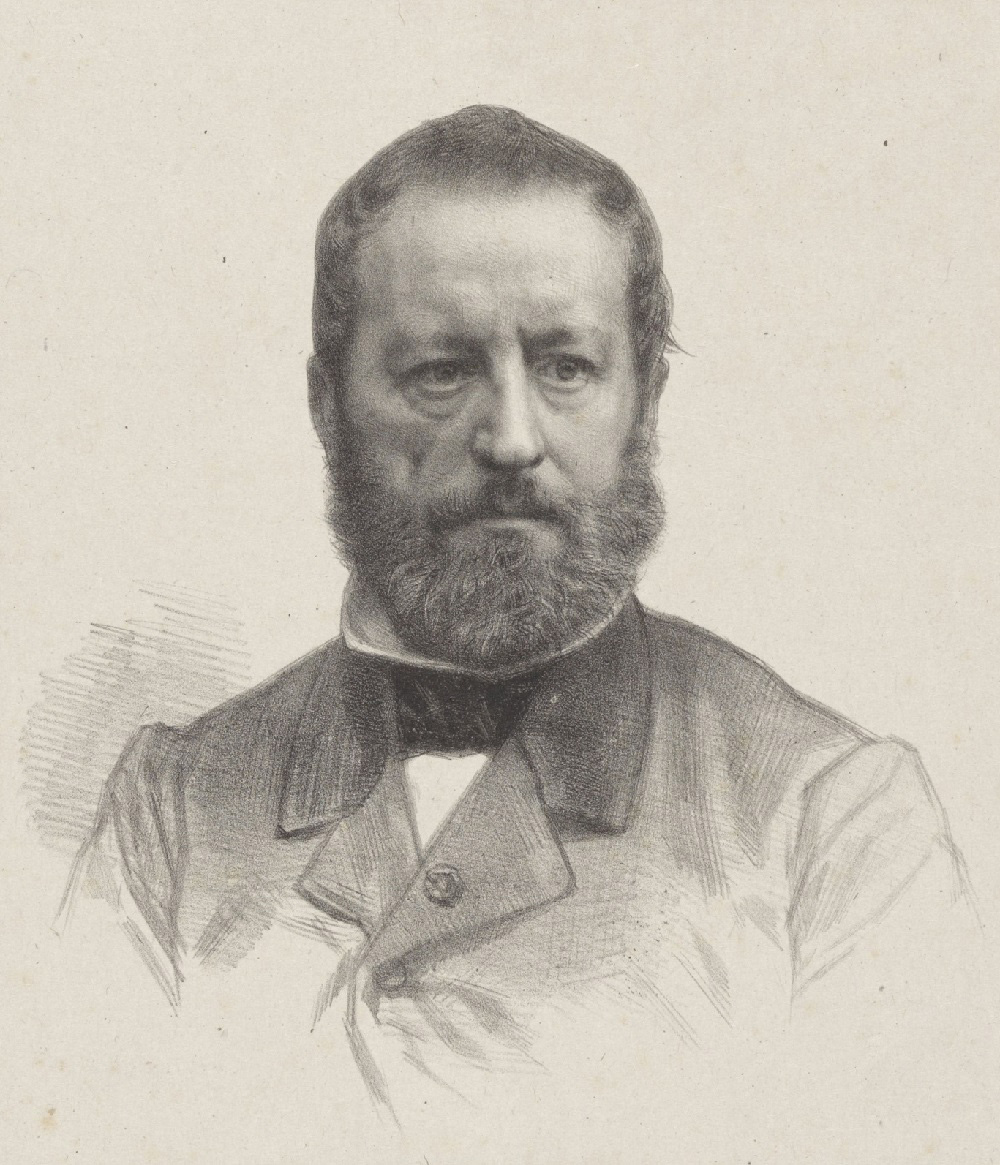
Wouterus Verschuur the Elder (also Wouter Verschuur) was a Dutch painter, one of the later representatives of Romanticism in Dutch art. He depicted animals, mainly horses, and landscapes. His students included his son Wouterus Verschuur Jr. and Anton Mauve.
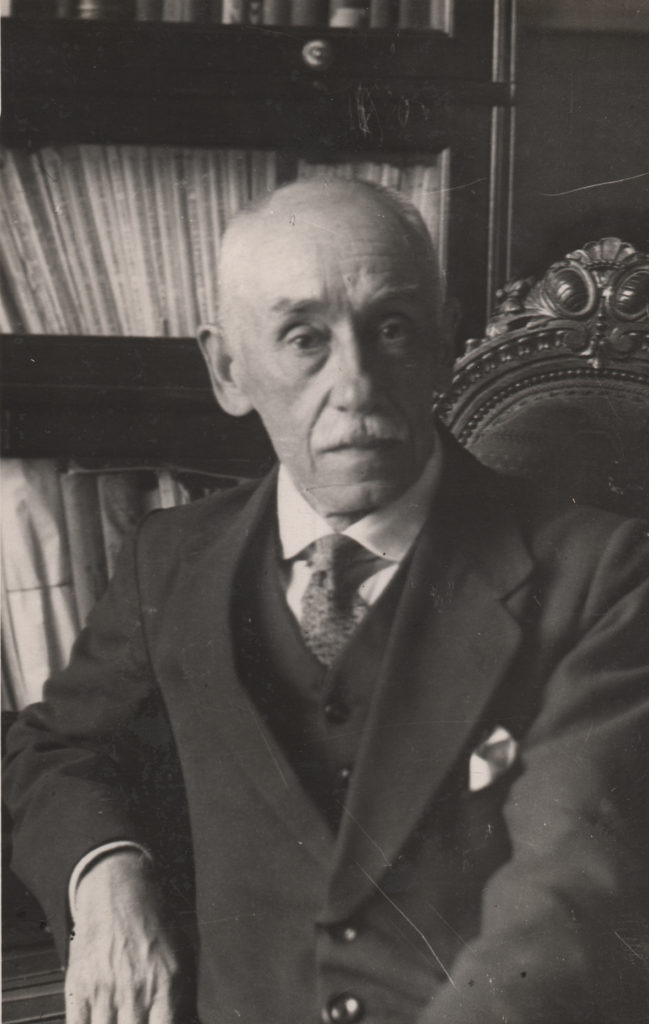
Konstantin Fyodorovich Bogaevsky (Russian: Константин Фёдорович Богаевский), a Russian painter renowned for his Symbolist landscapes, was a significant figure in the art world between the late 19th and early 20th centuries. Born in Feodosia, Crimea, to an old Italian-German family, Bogaevsky's initial art education came from Ivan Aivazovsky. His formative years were spent at the Imperial Academy of Arts under Arkhip Kuindzhi, where despite facing criticism and temporary expulsion for "lack of talent," Kuindzhi's protection and faith in his abilities paved the way for Bogaevsky's future successes.
Bogaevsky's travels to Italy and France in 1898 introduced him to the works of Claude Lorrain, who Bogaevsky considered his true mentor. This experience, coupled with a later discovery of Andrea Mantegna's paintings in 1911, significantly influenced his work. His artistry is noted for its dream-like symbolist landscapes, often of an imaginary land known among his circle as "Bogaevia." Maximilian Voloshin's essays, titled "Konstantin Bogaevsky," played a crucial role in popularizing Bogaevsky's work, drawing parallels between him and Nicholas Roerich.
Throughout his career, Bogaevsky was affiliated with several art groups, including Mir iskusstva, Union of Russian Artists, and Zhar-Tsvet. His exhibitions, notably the 1906 Exposition de l'Art Russe organized by Sergei Diaghilev, highlighted his unique blend of Symbolism and later influences from Renaissance masters like Mantegna, Dürer, and Altdorfer. Despite the October Revolution driving him into relative obscurity, Bogaevsky's legacy as a master of Symbolist landscapes endures, with works like the 1932 "Port of an Imaginable City" still celebrated for their artistic value.
Bogaevsky's works are represented in major museums, including the Tretyakov Gallery, Russian Museum, and Feodosia Art Gallery. His death in Feodosia during a Soviet air raid in 1943 left behind a legacy enriched by his exploration of historical landscapes and symbolist vistas, immortalizing him as a visionary of his time.
For collectors and experts in art and antiques, Bogaevsky's oeuvre offers a fascinating journey into the melding of historical reverence and symbolist imagination. His works, steeped in the influences of European masters and his unique vision of an imaginary land, continue to captivate and inspire. To stay updated on exhibitions and auction events featuring Konstantin Fyodorovich Bogaevsky's work, signing up for updates is highly recommended. This subscription will ensure you are always informed about new sales and the opportunity to own a piece of this historical and symbolist art legacy.
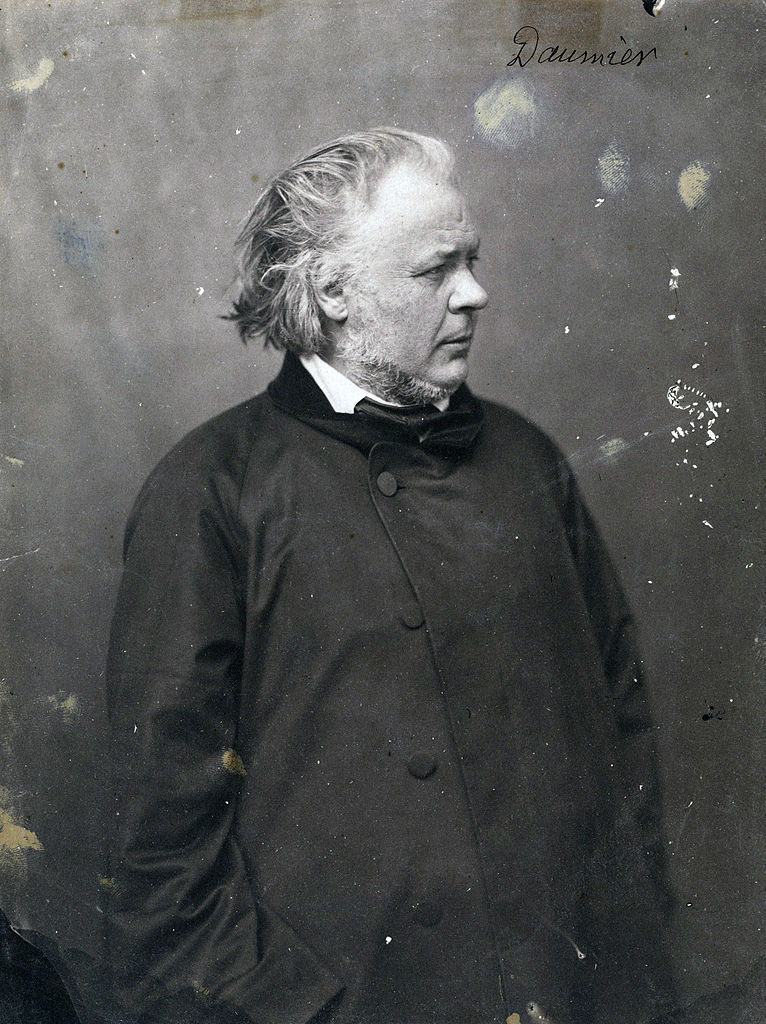
Honoré Daumier, a French artist, is renowned for his profound impact on 19th-century art through his work as a caricaturist, painter, and sculptor. His art, which satirized French politics and society, is celebrated for its insightful commentary on the human condition and the social landscape of his time. While Daumier is perhaps best known for his incisive and humorous lithographs that critiqued the French bourgeoisie and political figures, his contributions to painting and sculpture are equally significant, demonstrating a keen observation of everyday life and a masterful use of expression.
Honoré Daumier's early involvement with lithography, a relatively new printmaking technique at the time, allowed him to produce works that were both accessible and impactful, resonating with a wide audience. His imprisonment in 1832 for his caricature of King Louis Philippe as Gargantua highlights the daring nature of his work and the personal risks he took to express his political views. Despite the challenges he faced, including eventual blindness, Daumier continued to create art that spoke to the societal issues of his day, transitioning to painting and sculpture while maintaining the critical edge that defined his earlier works.
His later years were spent in Valmondois, where he focused more on painting, capturing scenes of daily life with a technique that distanced itself from the caricatural style he was famous for but retained his keen observational skills. Despite his struggles with poverty and illness, Honoré Daumier's legacy endures, with his works housed in prestigious institutions like the British Museum and being recognized for their contribution to the development of modern art, particularly in their influence on Impressionist techniques.
For collectors and enthusiasts of art and antiques, Honoré Daumier's work offers a unique window into 19th-century French society, marked by a blend of humor, social critique, and poignant observation. His diverse body of work, from lithographs to paintings, continues to inspire and provoke thought, making him a pivotal figure in the history of art.
To stay informed about the latest exhibitions, sales, and events related to Honoré Daumier's work, signing up for updates is a valuable way to ensure you don't miss out on the opportunity to engage with the rich legacy of this influential artist.
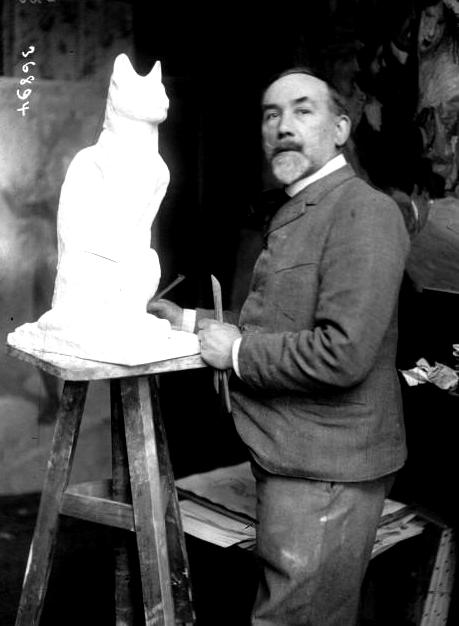
Théophile Alexandre Steinlen was a French painter, graphic artist, etcher, and illustrator of Swiss origin who worked in the Realist and Art Nouveau styles.
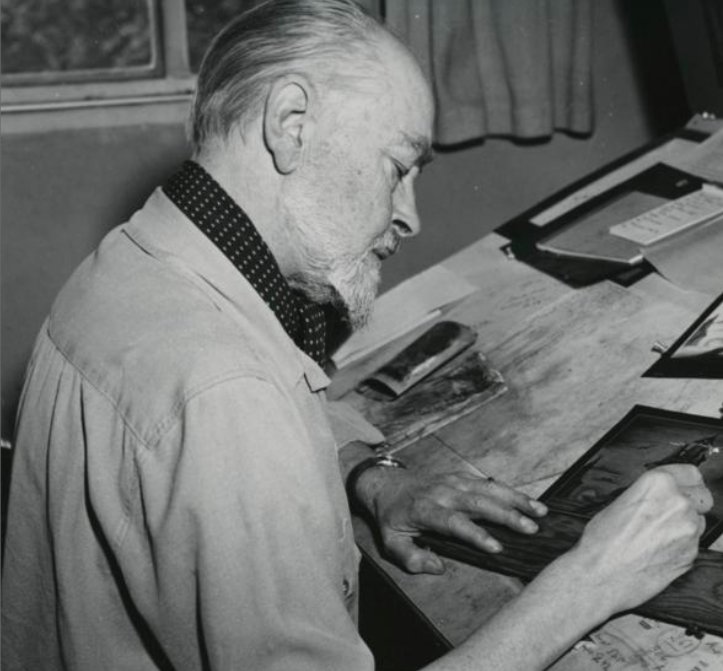
Kay Rasmus Nielsen is a Danish illustrator and one of the leading artists of the Golden Age of Illustration in the early 20th century. Nielsen was a prolific collaborator with the Disney Company, for which he created many narrative sketches and illustrations, including for the feature film Fantasia.


